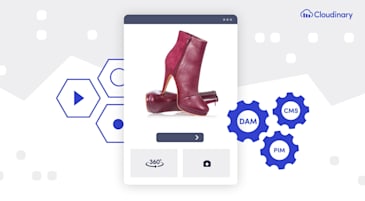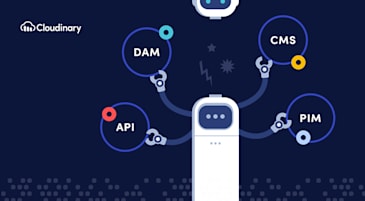Twenty-eight percent of the companies polled in a 2020 developer survey responded that they’d been leveraging microservices built through the interactions of application programming interfaces (APIs) for three or more years; 61%, for more than a year. Part 1 of this series explains the increasingly popular MACH architecture, which comprises microservices, API-first, cloud-native, and headless technologies.
This post, part 2, clarifies why APIs are a priority both as a component of enterprise IT architectures and a characteristic of vendors’ development approaches, and also why API-first approach is gaining popularity.
All behind-the-scenes interactions in tech stacks occur through exchanges among APIs. With APIs as an integral part of app development, you ensure that your apps contain open pathways and clear lines of communication to “play nice” with microservices, which often operate on different programming code.
Plus, since APIs as a rule eliminate potential language barriers, using those interfaces for app and IT development prevents nuances from being lost in translation. API-first approach is, therefore, a must.
Microservices are popular nowadays because they effectively facilitate implementation of best-of-breed solutions. As mentioned in part 1, changes to monolithic, all-in-one architectures require coordination of workflow logistics among the teams that share coding responsibilities. In contrast, not only can you deploy and manage autonomous microservice apps independent of one another, you can also take advantage of new capabilities and build user experiences faster. Ultimately, APIs make that tech ecosystem function flawlessly. Therefore, API-first enables control over modular tech ecosystems.
Axway explains well how APIs and software development kits (SDKs) benefit the programming process:
An API is a set of libraries that make up the core language that you can work with out of the box, whereas an SDK is a development kit that facilitates usages of an API. Both are a way for your program to interface with and control the resources provided by another piece of software.
With robust APIs and SDKs, app developers are free to work with the programming language of their choice—a gratifying flexibility that fosters productivity and innovation. The freedom and flexibility that API-first approach offers is incalculable.
Thanks to the common language and instructions of open APIs, which expedite and simplify the integration of best-of-breed vendor solutions with existing tech stacks, brands can feel free to adopt new apps. And choices abound, many with modern, compelling features that help create engrossing user experiences. With an API-first model, the solutions can be connected easily and the value of a product and service can increase significantly through these extensions.
To build a microservices architecture—especially one with the Cloudinary platform for managing visual assets—you must have access to robust APIs that enable access control, content upload, file search, provisioning, analytics, and other capabilities. For content management and delivery, APIs reliably support the integration of e-commerce systems (DAM, CMS, PIM), leading to seamless optimization and delivery of images, videos, 3D objects, and even AR and VR. The API-first DAM is essential for media-first products and services.
For more details, check out the other posts in this MACH series:
Also, have a look at Cloudinary’s API-first, headless DAM solution to learn more about the API-first DAM.



